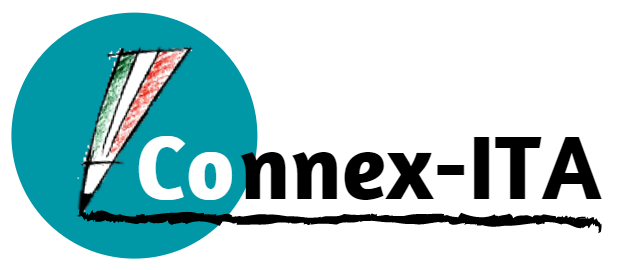THE PARTS OF YOUR BODY IN ITALIAN
Welcome to a new Italian lesson! Today I’ll teach you on how to call the different parts of your body in Italian.
You can watch the video below or read the article if you prefer … it’s up to you!
THE HUMAN BODY IN ITALIAN
Before I’ll show you how to call the different parts of your body in Italian, let’s look at the word body.
In Italian, you say “corpo” and this term is masculine.
So the expression “il corpo umano” means the human body.
HOW DO YOU CALL THE PARTS OF YOUR BODY IN ITALIAN?
Let’s see now how the different parts of the body are called in Italian.
We’ll start with the head and learn how to say face, hair, nose, and so on.
Then I’ll show you the upper body and so the Italian words for neck, arm, hand, etc.
Finally, we’ll look at the lower parts, like the leg, the knee and the foot.
Ready? Cominciamo!
How to say “Head” in Italian (and its parts)
The Italian word for head is “testa” (feminine), while you call your face: “viso” (masculine).
On the plural these words become: “teste” and “visi”.
Your forehead instead is “fronte” (feminine).
Then you have all the different parts of your head:
- Capello/i = Hair
- Sopracciglio/a = Eyebrow(s)
- Occhio/Occhi = Eye(s)
- Orecchio/e = ear(s)
- Naso/i = nose(s)
- Bocca/Bocche = Mouth(s)
- Guancia/e = Cheek(s)
- Dente/i = Tooth/Teeth
- Labbro/a = Lip(s)
Your Upper Body (in Italian)
Let’s look at the upper body now and how you call the arms, the hands and so on.
- Collo/i = Neck(s)
- Spalla/e = Shoulder(s)
- Braccio/Braccia = Arm(s)
- Polso/i = Wrist(s)
- Mano/i = Hand(s)
- Dito/a = Finger(s)
- Unghia = Neil(s)
- Petto/i = Chest(s)
- Pancia/Pance = Belly(s)
Your Lower Body (in Italian)
Lastly, here you are the Italian words that make up your lower body.
- Sedere/i = Bum(s)
- Gamba/e = Leg(s)
- Ginocchio/Ginocchia = Knee(s)
- Caviglia/e = Ankle(s)
- Piede/i = Foot/Feet
Now Some Examples
Let’s see now some simple examples on how to use these new words.
Example 1
Lei ha i capelli lunghi
This phrase is to say that she has long hair. The word “lunghi” means long.
Example 2
Loro hanno i capelli corti
This sentence means that they have short hair, where the term “corto” means short.
Check out the lesson to learn some basic terminology around the family:
HOW TO CALL YOUR FAMILY MEMBERS IN ITALIAN
Example 3
Lui e’ pelato
The word “pelato” means bald so this phrase is to say that he doesn’t have any hair.
Example 4
Io ho il naso aquilino
This example means that I have a hooked nose. The word “aquilino” comes from the term “aquila” (eagle) and make a clear reference to this bird’s beak.
Example 5
Lui ha le orecchie a sventola
Final sentence for today. It means that he has protruding ears. It’s probably not a nice thing to say to people but it’s a pretty common expression! So take a note 🙂
And this concludes our lesson!
Now you know how you call almost all the parts of your body in Italian.
You can also check the lesson on the colors, where you can learn 12 very popular expressions in Italian related with colors.
Or you can check out the video below on how to express your feelings in Italian. Remember to leave a comment if you have any questions!
A presto 🙂

